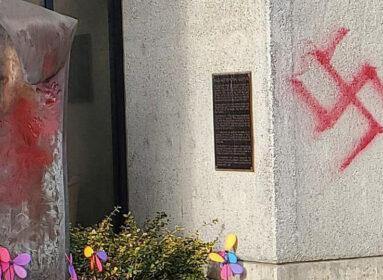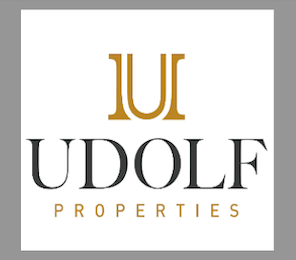Where did Yiddish come from? What happened to it and what is its future? The reknowned National Yiddish Book Center in Amherst, Mass. seeks to rescue Yiddish and other Jewish books and open up their content to the world. Here is what it has to say on the subject.
Yiddish or “Jewish” was the spoken language of roughly three-quarters of the world’s Jews from the tenth to the mid-twentieth century. Mainly a Germanic language written in the Hebrew alphabet, Yiddish combines words from Hebrew, Aramaic, German, French, Italian, Polish, Byelorussian, Ukrainian and other languages into a distinctly Jewish voice.
Between the years 900 and 1000 C.E., Jews settled along the Rhine River in what is today Germany and northern France. Among themselves they spoke a variant of German that was becoming distinct from the language of their non-Jewish neighbors, Eventually, it became so different that Jews gave it a name of its own: Loshn-Ashkenza, known in modern times as Yiddish. In the 14th and 15th centuries, Jews were expelled from duchies and counties throughout Western Europe, and they traveled eastward to the huge, undeveloped Polish Kingdom in hopes of finding new lives. They carried their Yiddish with them, picking up new influences from local Slavic languages, including White Russian and Slovak. These East European, Yiddish-speaking settlers are the ancestors of most of today’s American Jews.
For most of its 1,000 years, Yiddish existed primarily as a spoken language. Hebrew was the scholarly, religious and written language, the loshn-koydesh or holy language, while Yiddish, mama-losh, belonged to the home. But beginning in the second half of the 19th century, when Enlightenment ideas and economic modernization began to challenge the traditional Jewish world, Yiddish gave rise to a vibrant culrture. There were Yiddish newspapers, magazines, films and plays, puppet shows and politics, art and music, and a free-wheeling literature that produced some 15,000 separate titles – one of the most concentrated outpourings of literary creativity in all of Jewish history.
In 1939, 11 million Jews claimed Yiddish as their first or only language. By 1945 more than half of them were dead, murdered in the Holocaust. In the Soviet Union, increasing persecution culminated on August 12, 1952, when Stalin ordered the execution of a large group of his country’s leading Yiddish writers and intellectuals. In Israel, where many of Europe’s Yiddish-speaking Jews sought refuge after the war, Yiddish was actively suppressed in favor of Hebrew. And in the United States, English, not Yiddish, was the key to success. Within a single generation, a language that had prevailed for 1,000 years was all but silent.
Today, after three or four generations, younger Jews feel secure enough to explore the nearly lost language and culture of their forebears. Both here and in Israel, major colleges and universities now offer courses in Yiddish language and literature. Contemporary literature, music, performance, and film incorporate or focus on the riches of Yiddish and its relevance to our contemporary lives.
The great writer Franz Kafka once said, “I would tell you, ladies and gentlemen, how much better you understand Yiddish than you suppose.” It’s true: most of us have already mastered an extensive Yiddish vocabulary, and scores of Yiddish words – like chutzpa, kvetch, shmooze, shlep, nosh, shpritz — that have made their way into English.
SHARE








 Southern New England Jewish Ledger
Southern New England Jewish Ledger









